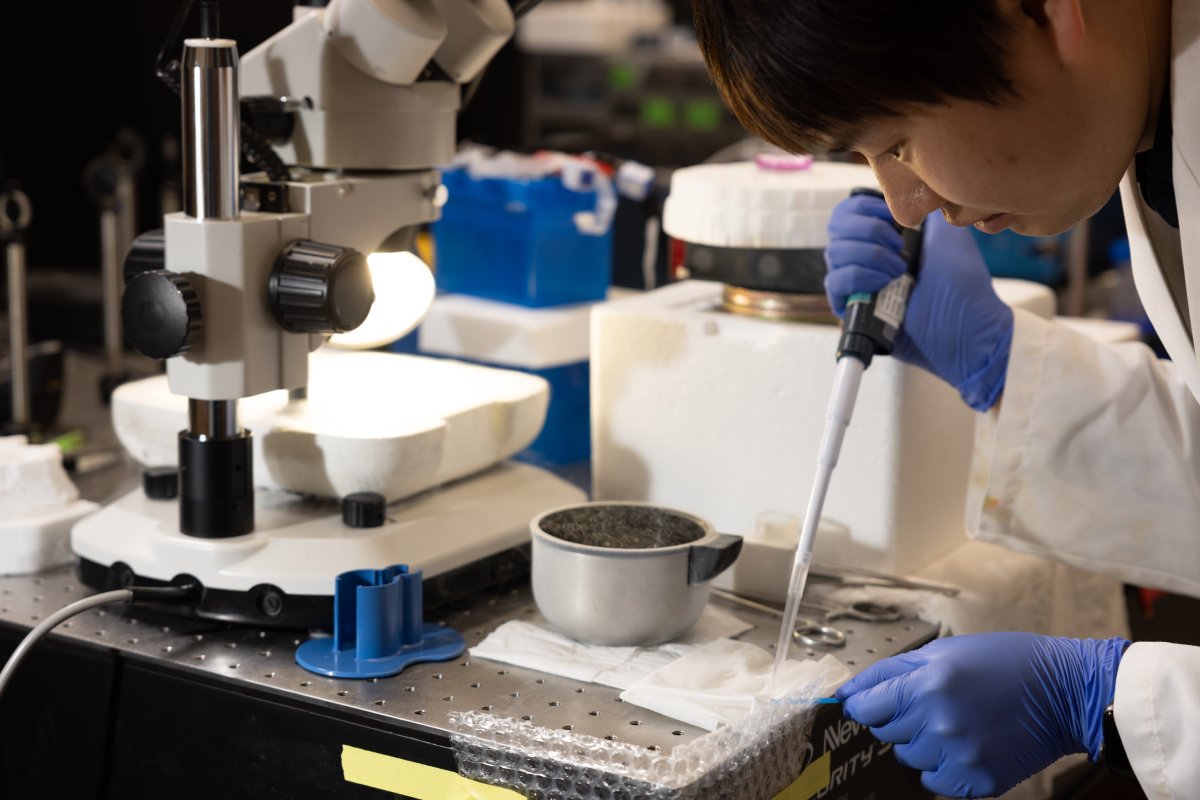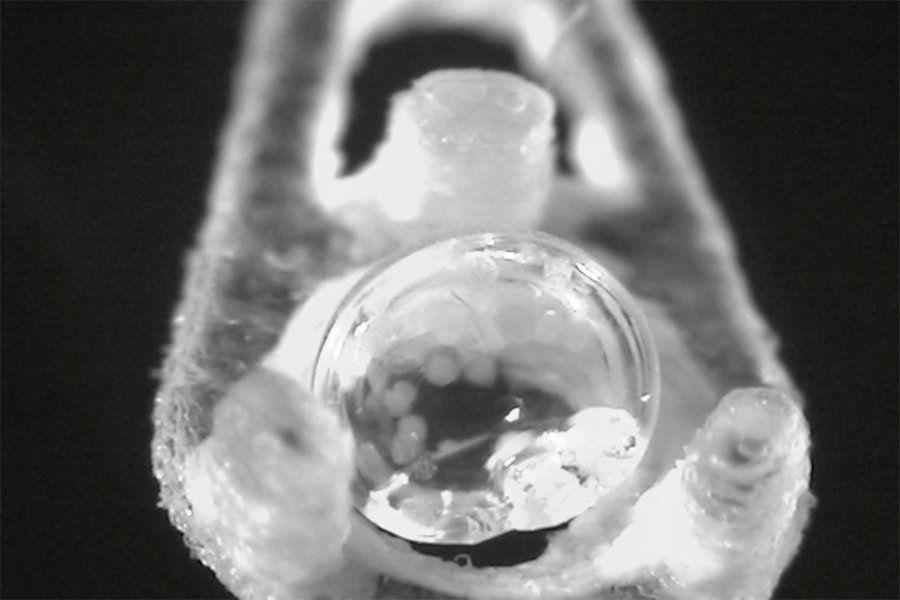A cure for diabetes?

Pancreatic islet cell transplantation—a process where groups of cells transferred by doctors from a healthy pancreas begin to make and release insulin on their own in the recipient—is one method being explored to cure diabetes. However, it’s been difficult to get a sufficient amount of islet cells, which have to be pulled from multiple donors, because they can not be safely stored for long periods of time.
The UMN-led team has developed a new method of islet cryopreservation that solves the storage problem by enabling quality-controlled, long-term preservation of the islet cells that can be pooled and used for on- demand transplant. Their method demonstrated high cell survival rates and functionality in mouse, pig, and human islet cells and has the ability to be scaled up to reach large numbers of people worldwide who suffer from this progressively debilitating disease.


John Bischof, the Carl and Janet Kuhrmeyer Chair in Mechanical Engineering, and Erik Finger, associate professor of surgery in the University of Minnesota Medical School, headed up the study.
This research is part of a larger effort involving cryopreservation methods led by the University of Minnesota. In 2020, the University of Minnesota and Massachusetts General Hospital were awarded $26 million over five years from the National Science Foundation to create the Engineering Research Center (ERC) for Advanced Technologies for the Preservation of Biological Systems (ATP-Bio). ATP-Bio aims to achieve major bioengineering breakthroughs by developing and deploying technology to “biopreserve” or “cryopreserve” numerous biological systems from cells to full organisms.
